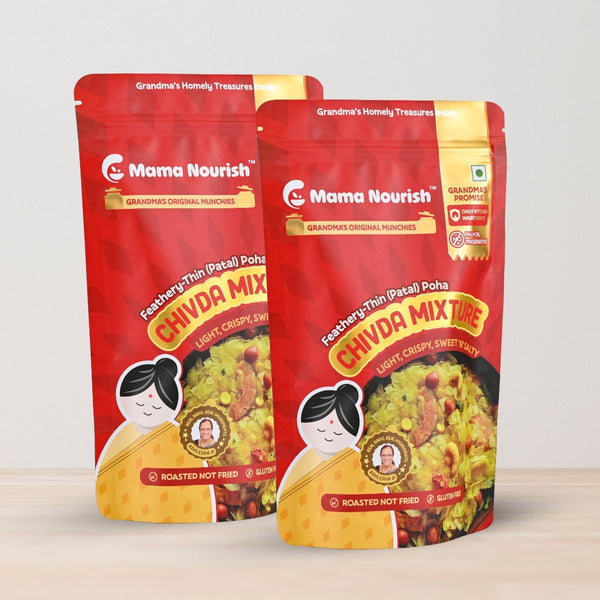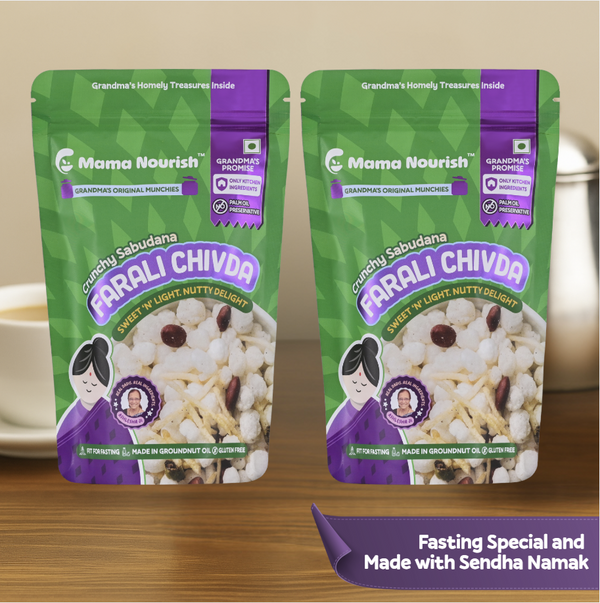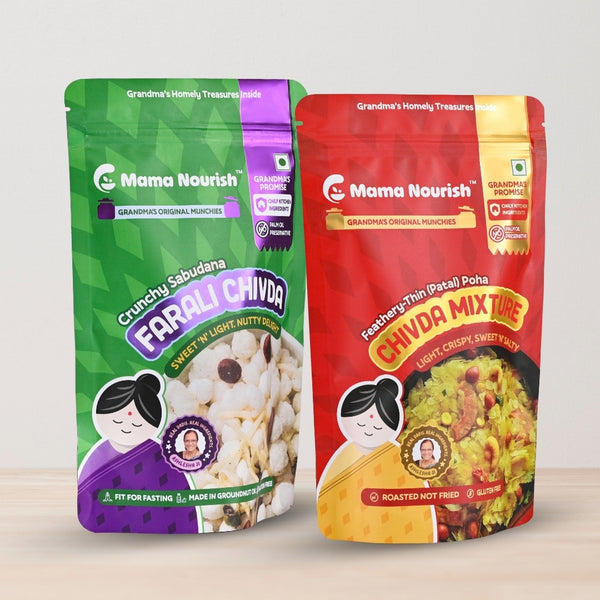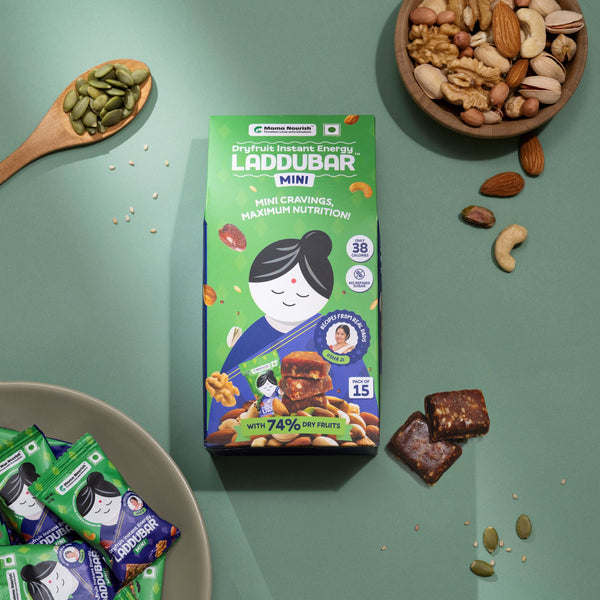Home
>
Nourishing Trails
Fueling Your Body for an Active Life: 5 Advantages of Energy Bars for Better Physical Performance
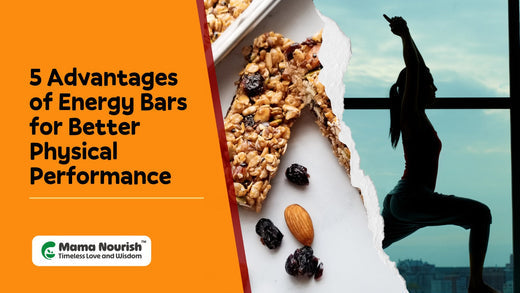
Fueling Your Body for an Active Life: 5 Advantages of Energy Bars for Better Physical Performance
Do you know that 1 in 3 adults and 81% of adolescents do not do enough physical activity required to stay healthy?
In fact, a recent WHO study noted that 31% of adults aren't meeting the recommended physical activity & the inactivity rate is projected to increase by 35% by 2030.
Studies have shown that inactivity can lead to a higher risk of heart disease, type 2 diabetes, dementia, certain cancers, etc.
So, regular physical activity, yoga and exercises of moderate intensity combined with healthy food are a must for overall well-being. But lack of physical activity is a great concern today especially due to a sedentary lifestyle.
We hear words like active lifestyle, exercise or physical activity every day. But what exactly is defined as physical activity scientifically?
According to WHO–physical activity is any bodily movement produced by skeletal muscles that requires energy expenditure.
To put it simply, it can be anything from a simple household chore to an intense workout. Generally, physical activity can be structured, such as planned exercises like aerobics, holistic, like yoga or incidental, meaning routine daily tasks like regular walks, household chores and gardening.
How Does an Improved Physical Activity/Exercise Benefit Your Body?
- During exercises, the heart pumps more efficiently, improving circulation and cardiovascular health.
- Breathing rate increases, allowing for better oxygen intake, which ensures healthier lungs.
- Muscles become stronger and more efficient by utilizing stored energy.
- The Endorphins are also released, they can enhance the mood and thus reducing stress.
- Due to regular exercise Bones grow stronger and denser over time Metabolism accelerates, aiding in energy consumption and weight management.
- Brain function improves, enhancing focus, cognition, and stress reduction.
With so many benefits of physical activity, the next big question is what type of exercise is best for you. Well, for overall health and well-being, a mix of different types of physical activities is recommended.
They include–
1. Endurance (Aerobic) Activities
The activities that increase heart rate and breathing. The benefits of physical activities improve heart and lung function. Examples: Running, jogging, swimming, brisk walking and cycling.

2. Strength (Muscle and Bone Strengthening) Activities
Such activities focus on resistance or weight-bearing / lifting exercises to enhance muscle and bone strength. Examples: Weightlifting, pushups, crunches, squats, jumping rope, and carrying heavy objects.

3. Balance Activities
Balancing activities are aimed at improving stability, agility, and coordination. Examples: Lunges, backwards walking, dancing, martial arts, and stretching exercises.

4. Flexibility (Yoga) Activities
Combine stretching, breathing exercises, and relaxation techniques for physical and mental well-being.

In addition to the above classification based on intensity, activities like brisk walking (3–6 km/h), hiking, and light swimming are considered moderate activities. On the other hand, vigorous activities include running (>7 km/h), aerobics, intense sports, etc.
If you are wondering about how to start or what to target you should keep in mind to stay healthy –here is what WHO says:
WHO 2020 Guidelines on Physical Activity and Sedentary Behaviour

From household chores to intense workouts it's important to know what exactly is happening in your body and how to fuel up for improved physical performance.
What Happens in Your Body During Physical Activity?
When you exercise, your body uses glycogen for energy, and for longer, lower-intensity activities, it also burns fat.
Intense exercise causes small muscle tears, requiring protein for repair.
Physical activity benefits also depletes nutrients, increasing the need for carbohydrates, protein, and vitamins. Healthy snacks like Energy bars are a quick and convenient way to replenish these nutrients, supporting performance and recovery before, during, or after a workout.
Advantages/ Benefits of Energy Bars for Better Physical Performance
1. Quick Energy Boost
Energy bars are a fantastic source of simple carbohydrates, such as those found in dried fruits like dates. These carbohydrates are rapidly absorbed into the bloodstream, providing an instant surge of energy to power through short bursts of activity or recovery during extended workouts.
When you need a quick pick-me-up during high-intensity exercises like weightlifting or sprints, energy bars are a lifesaver.
2. Sustained Energy Release
In addition to simple carbs, energy bars often include complex carbohydrates like millet & other whole grains, which are digested more slowly. This ensures a steady and sustained energy supply, preventing energy crashes during prolonged activities such as cycling or hiking.
The Sustained energy helps maintain endurance, so you can go the extra mile without feeling drained halfway through.
3. Supports Muscle Recovery
Energy bars containing protein from ingredients like nuts and seeds provide amino acids that are essential for repairing and rebuilding muscle tissue. After exercise, protein helps stimulate muscle protein synthesis (MPS), reducing soreness and speeding up recovery.
Consuming an energy bar post-workout ensures your muscles get the nutrients they need to repair and grow stronger.
4. Prevents Muscle Breakdown
During prolonged exercise, your body may turn to muscle protein for energy if glycogen stores are depleted.
Energy bars help prevent this by supplying a ready source of carbohydrates and proteins, sparing your muscles from being broken down for fuel. Preserving muscle mass during exercise helps maintain strength and prevents long-term muscle fatigue.
5. Portable and Convenient Fuel
Energy bars are designed for on-the-go nutrition. They are compact, non-perishable, and easy to carry, making them an ideal companion for workouts, outdoor adventures, or busy schedules.
Instead of scrambling for a nutritious snack before or after exercise, an energy bar is a quick and practical solution to keep your body fueled.
If you are on a busy schedule here are some tips You can follow for an active lifestyle
- Begin your day with stretches and simple yoga.
- Take 5–10 minute walks every few hours.
- Walk during phone calls, at work or at home.
- Opt for stairs instead of elevators.
- Include regular strength training to maintain muscle mass.
- Do 2–3 weight-bearing exercises weekly to prevent muscle loss.
- Keep a healthy fuel up like nutritious Energy Bars to power up an active lifestyle.
Note: The article is provided for informational purposes only
Share

